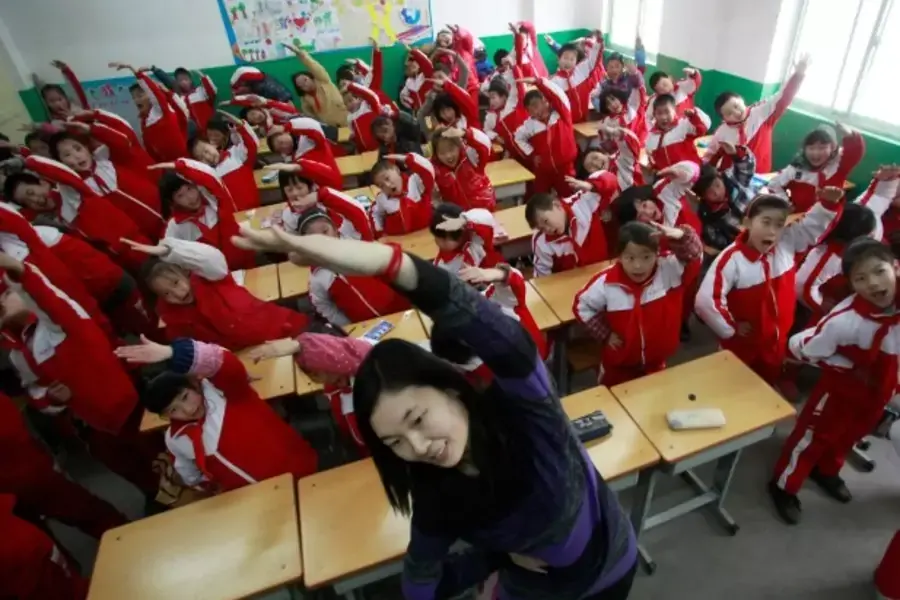Puzzle PISAs: What the Latest Tests Reveal about Global Education

More on:
The Organisation for Economic Co-operation and Development (OECD) released the results of its fifth Programme for International Student Assessment (PISA) study yesterday, with few surprises. Conducted every three years, the test compares the performance of 15-year-olds in reading, mathematics, and science in countries and cities around the world. Once again, Asian students dominated the top rankings, with those in Shanghai, China scoring the highest marks across the board. The United States showed little change, but its rankings have fallen as other countries have done better. This year it was even surpassed by a newcomer to the test - Vietnam.
Critics love to bash the PISA tests, saying they have serious conceptual errors, are culturally biased, and measure little more than how well kids do on one specific test. But PISA has become a global yardstick for measuring education systems, in part because few other comparable comparative tools exist. Over 500,000 students in sixty-five countries participated in the most recent PISA 2012 test. PISA also supplies data to track performance over time. The report, for example, notes that several countries - including Mexico, Poland, Portugal, Tunisia, and Turkey – have demonstrated "consistent improvement" in math performance.
Among the countries that dropped in rankings, several are wealthy Western nations. The United States, for example, fell across the board from its already mediocre position – down a full seven places in reading and five in science – as other countries leapfrogged it. Also notable is the widening gap between the best and worst performers: the report finds that “the equivalent of almost six years of schooling…separates the highest and lowest average performances of the countries that took part in the PISA 2012 mathematics assessment.”
Interestingly, the report finds that income differences account for only 30 percent of the variation in mathematics performance between countries, and 21 percent of variation overall. Indeed, some poorer countries do quite well on the test. Vietnam, for example, scored well above the mean (and the United States) in mathematics, yet has a GDP per capita of just $4,000. In contrast, the wealthy Gulf countries of Qatar and the United Arab Emirates (UAE) performed poorly. Qatar, for example, is ranked sixty-third overall out of the sixty-five countries that participated.
The four Arab countries that took the test (Jordan, Qatar, Tunisia, and the UAE) all scored below average – a disappointment given their significantly increased levels of spending on education over the past decade. Tunisia, for example, has tripled spending on students in secondary school since 2001. Although the report notes positive trend lines in the Arab countries, Tunisia, Jordan, and Qatar are still stuck in the bottom decile.
Even though the PISA test is far from a perfect measure, it is an important indicator of how students compare across borders and can provide an indication of future work-force competitiveness. Those at the bottom would be well served by understanding the educational reforms of countries such as Ireland and Poland that have seen strong gains.
More on:
 Online Store
Online Store